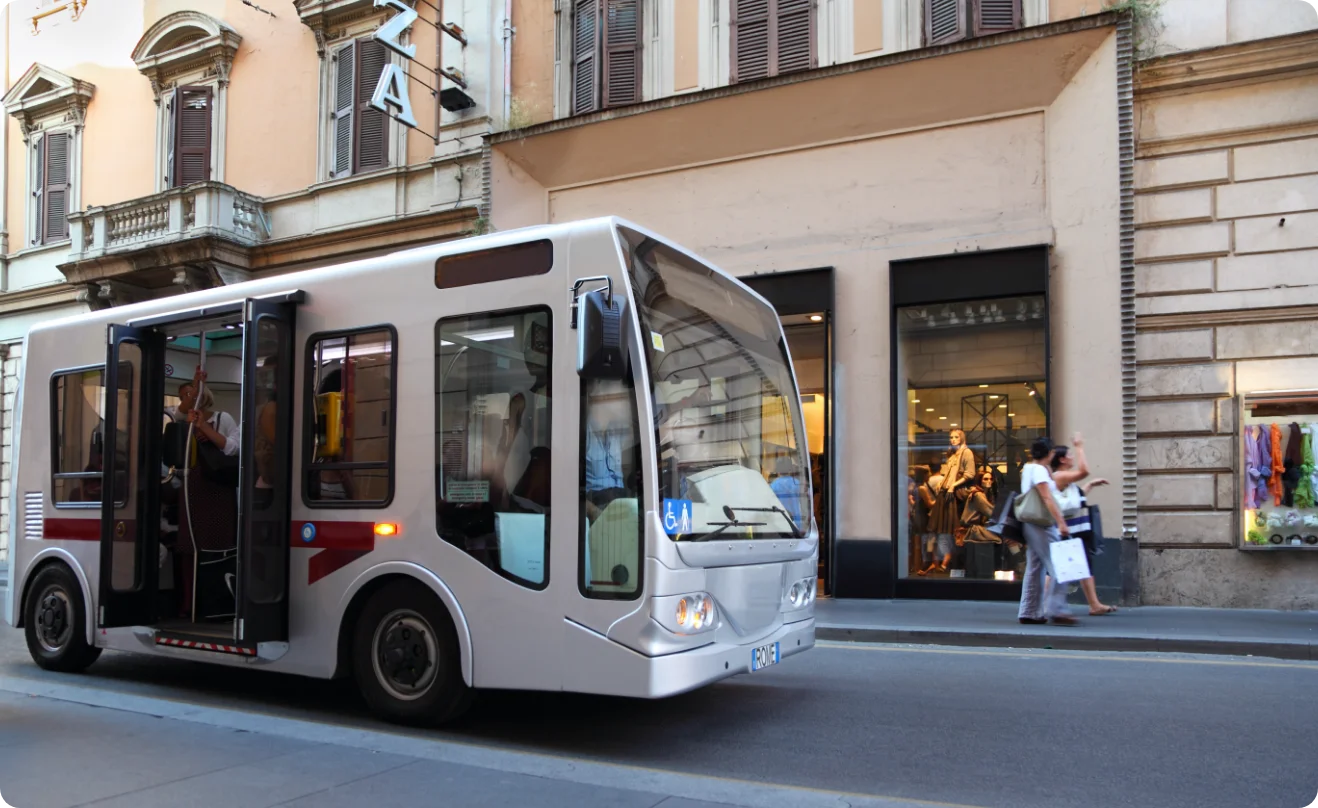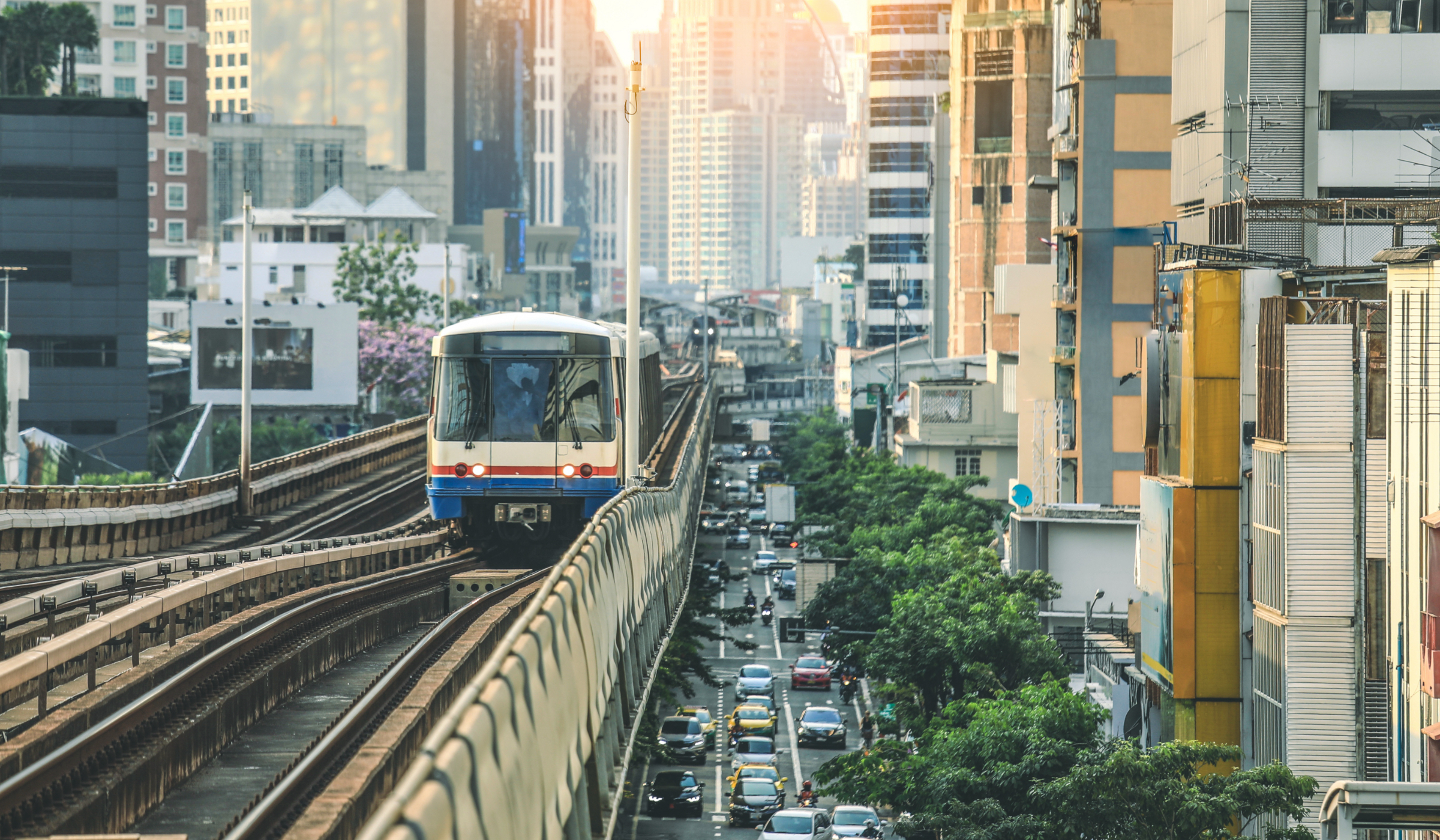Fare Capping

What is fare capping?
Fare capping sets a limit on how much riders spend on their travel based on their public transport usage. For example, let’s say a passenger takes several trips during a day that if charged individually would exceed the cost of a day pass. Their fare will be “capped” at the cost of the day pass, so they won’t be charged the full cost for each individual trip and will instead get the best fare available based on their travel that day.
Fare capping provides more equity to passengers and gives riders the same rates whether they are buying individual rides or paying for a period pass. Under fare capping, all riders will get fares that are appropriately priced based on usage. This ensures that riders always get the best fares.
You can cap fares for your riders using an automated fare collection system that enables you to set and manage fare policies, calculate the right fares, and process the transactions.
How does fare capping work?
There are two types of fare capping: Pre-purchase and Account-based ticketing. In most instances, pre-purchase fare capping works while using mobile ticketing. Passengers often buy these tickets in advance. As the passenger buys more tickets, they can reach the threshold of a period pass, where the app will cap the fare.
Account-based ticketing uses fare capping where passengers use their smartphone, smartcard, or contactless debit/credit card to tap, scan, and ride within the network. The back office system calculates the ideal fare for each journey, while charging the riders based on usage. Once the rider reaches the period pass threshold, their fare gets capped.


What are the benefits of fare capping?
Fare capping benefits both passengers and transit agencies. Fare capping ensures the best fares for riders and that they are never overcharged for their trips. This method eliminates the need to seek the best fare, as you are already getting the best value for your journey. It also benefits passengers with unpredictable travel patterns.
Transit agencies benefit by offering ideal fares, encouraging more use of public transit. Using tap and scan payment and validation methods with fare capping helps reduce boarding times. With fare capping, you are promoting social equity and accessibility to all riders without discrimination. As the transit agency, you keep the right to set the fare caps.
RESOURCES



